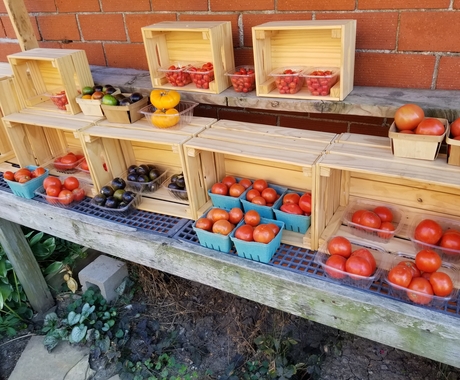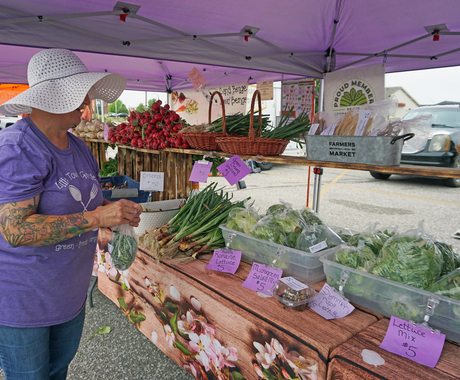By Traci Bruckner, former staff member
On Dec. 17, 2015, the US Department of Agriculture (USDA) issued their final rule to define what it means to be actively engaged in farming, and therefore eligible to receive federal farm payments. The final rule made no progress from the proposed rule issued last May. It not only ensures access to unlimited farm program payments for the majority of the largest farms in the country, it goes one step further by writing loopholes directly into regulation.
The purpose of revising the actively engaged definition was to make farm payment limits more effective. USDA has shown that it is more interested in defending the interests of mega-farms by preserving loose definitions that continue to allow the nation’s largest farms to avoid meaningful payment limits.
This is not reform. In 2007, while campaigning in Iowa for his first election, President Obama promised to close these loopholes. He said that “every President since Ronald Reagan has had the authority to close this loophole without action by Congress, but has failed to act.” Well, now we can add President Obama to that list of presidents who have failed to act.
USDA stated in the final rule that the 2014 Farm Bill language prohibits them from applying any new rule to farms structured solely of family members. We disagree with that premise.
This rule does nothing more than say the largest and wealthiest farms structured solely of family members are not subject to this new rule or any payment limitation. In fact, if USDA had interpreted the 2014 Farm Bill language correctly, they would have crafted a rule that says farms structured solely of family members can only qualify for farm programs payments if they provide labor. Meaning they actually work on the farm.
That is what happens when Congressional leaders throw the will of the House and the Senate under the bus, in the dark of night, behind closed doors. You get messy language. USDA makes matters worse by choosing to interpret the intent of Congress only in ways that lack reform and are easily evaded by the nation’s largest and wealthiest farms.
Of the few farms structured as non-family member operations which this rule would impact, most will surely work with an attorney to reorganize their operations to be structured solely of family members to evade any payment limitations.
The new rule affects less than 4% of farm operations. It leaves the loophole door wide open for the other 96%. USDA has issued an invitation to farm reorganizations undertaken to maximize subsidies beyond the payment limit.
Even for those farms who choose to keep their business structures organized as part of the 4%, the new rule provides for a limit over $1 million in subsidies per year for the largest farms. This is the antithesis of reform.
The proposed rule makes one improvement. It tightens the farm management definition by requiring recordkeeping to back up management claims and adding a quantifiable test for farm management. This small step forward could serve as a key ingredient for real reform if a future administration should decide to enforce payment limits and actually close the loopholes.




